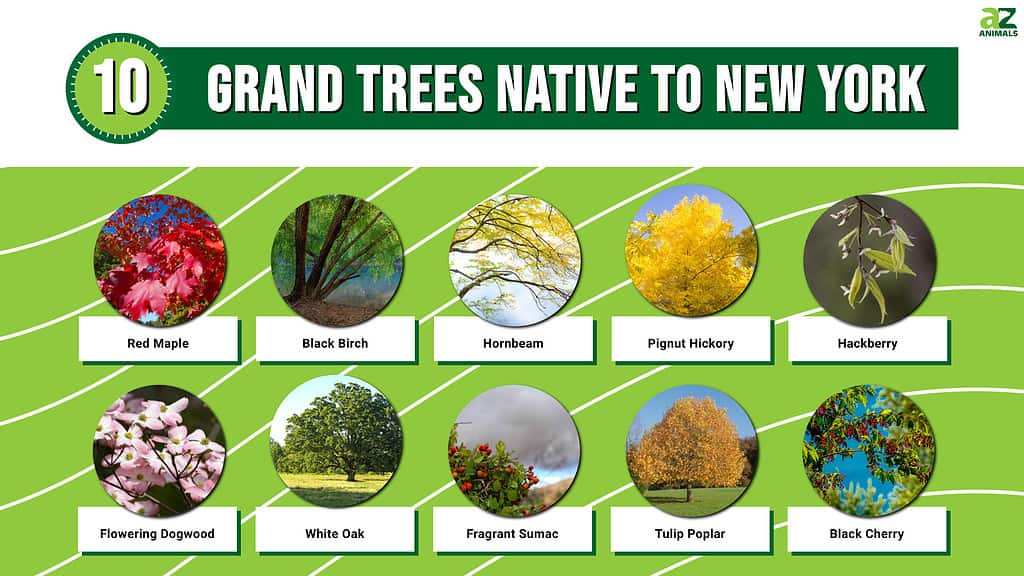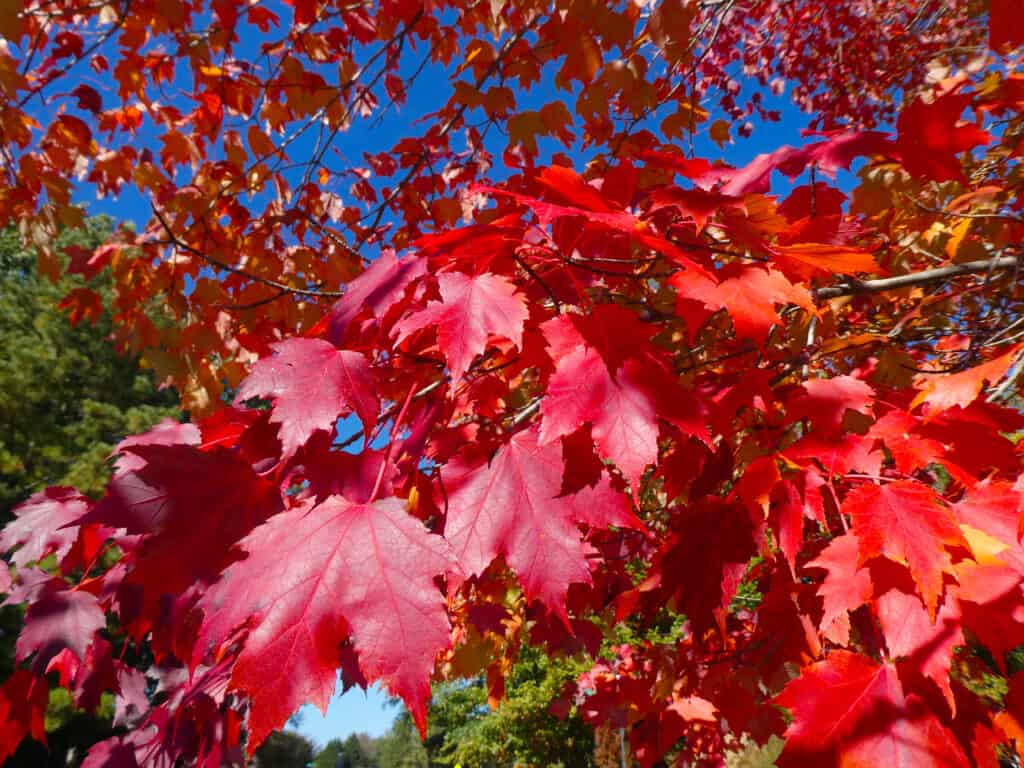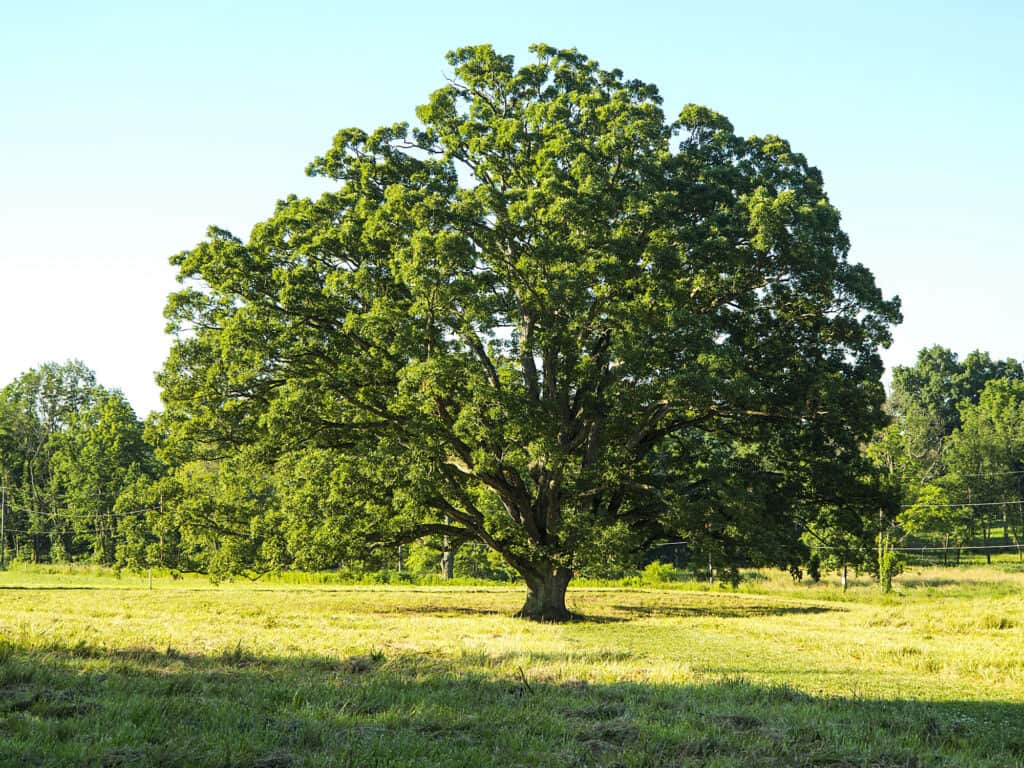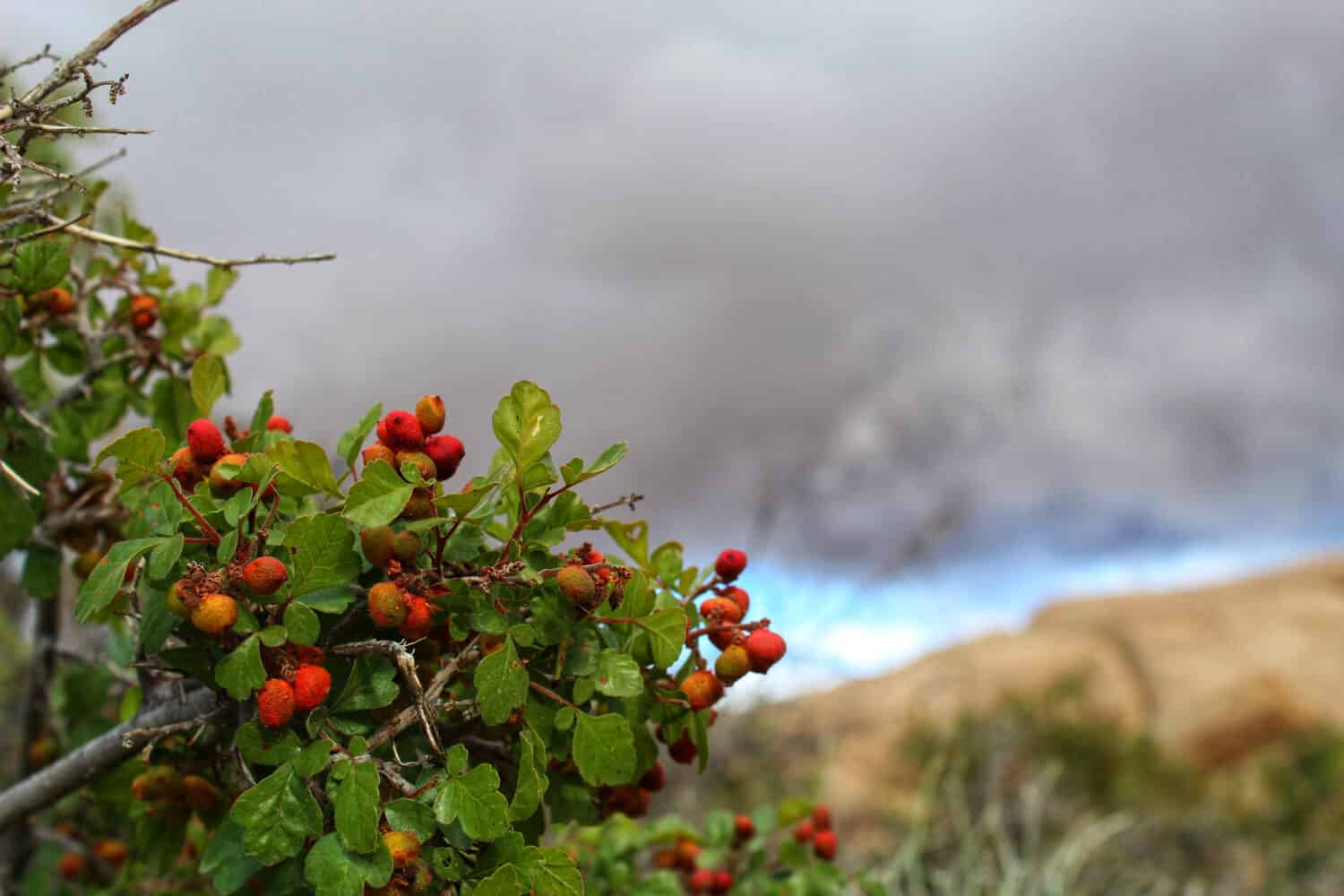Creating a wildlife garden in New York can be a rewarding experience. Not only will you be able to enjoy the beauty of natural greenery, but you’ll also attract birds, butterflies, and other creatures that live in harmony with nature.
To get started, try planting some of the native trees found throughout New York State, such as sugar maples (Acer saccharum), American elms (Ulmus americana), and white oaks (Quercus alba). These trees provide ample shade for smaller plants and shelter many species of animals.
In addition to these varieties, consider adding shrubs like serviceberry (Amelanchier arborea), viburnums (Viburnum spp.), and witch hazels (Hamamelis virginiana). Planting wildflowers is an easy way to add beauty while providing food sources for bees and hummingbirds. Finally, remember water features like bird baths or small ponds. These are great ways to entice more wildlife into your garden!
Why Plant Native Trees?
Native trees are an important part of the environment in New York, not only for their beauty and shade but also because they provide essential habitats for insects. Not all trees offer the same benefits to these creatures. Some species support caterpillar larvae, while others serve as nectar sources for butterflies and moths. Maintaining a symbiotic relationship between native plant species and native insects is key to sustaining healthy ecosystems in the area.

By planting certain tree species in your yard or garden, you can help ensure that these precious relationships remain intact so that both plants and animals may thrive. Below are some of our favorite wildlife-friendly trees native to New York.
1. Red Maple

The red maple tree is a common deciduous tree in North America that usually grows up to 100 feet tall.
©ForestSeasons/Shutterstock.com
Red Maple (Acer rubrum) is a deciduous tree native to New York. It is also known as the swamp maple, water maple, or soft maple. It can grow up to 100 feet tall and is adaptable to many conditions, such as drought or flooding. Not only does it provide stunning fall color with its bright red leaves, but it also provides an important food source for wildlife.
Squirrels and other rodents survive on the fruits, while deer and rabbits eat the tender shoots and leaves. Red maples are one of the first plants to produce flowers in springtime, making them attractive to hungry insects. Bees, in particular, play an essential role in pollinating these trees, allowing them to spread throughout New York state.
2. Black Birch

Black birch is also known as river birch, cherry birch, mahogany birch, spice birch, and sweet birch.
©Gerry Bishop/Shutterstock.com
Black Birch (Betula lenta), also known as sweet birch, is a large tree native to eastern North America and found in New York. It grows 50-80 feet tall with smooth bark that emits a wintergreen scent when scratched. The tree produces wind-pollinated catkins (flower clusters), and the fruit ripens in the fall. Many caterpillars feed on their leaves, while leaf-cutter bees use them to line the cells in their nests for protection and insulation. Black Birches provide many benefits to wildlife ecosystems by providing both food and shelter to various species of animals.
3. Hornbeam

Blue beech trees are also called American Hornbeams.
©Gerry Bishop/Shutterstock.com
The Hornbeam (Carpinus caroliniana) is a small deciduous tree with hardwood, and it is also known by the names ironwood and musclewood. It is native to New York, growing in shady, moist areas along the banks of streams and rivers.
The leaves are an important food source for Lepidoptera species in their caterpillar stage, especially the peacock moth. Deer love to munch on the hornbeam’s leaves and twigs while game birds eat its tiny nutlets. Additionally, this tree has been nicknamed a powerhouse pollinator because it produces a very large quantity of pollen in the spring, much to the delight of our bees!
4. Pignut Hickory

The pignut hickory produces edible nuts shaped like small pears.
©riekephotos/Shutterstock.com
Pignut hickory (Carya glabra) is a deciduous tree native to New York and other eastern states. It has many alternate common names, such as smoothbark hickory, swamp hickory, sweet pignut, and coast pignut. This tree produces edible nuts shaped like small pears in the fall, and the leaves turn a brilliant yellow.
The nuts have a sweet smell similar to maple syrup and provide an important food source for numerous wildlife species in the region. Fox squirrels and gray squirrels particularly favor these nuts over others in the area. Black bears, raccoons, pocket mice, wood rats, and rabbits also rely on these nutritious foods for survival.
5. Hackberry

The green leaves of the Hackberry have a texture similar to fine sandpaper.
©IanRedding/Shutterstock.com
The hackberry (Celtis occidentalis) is a deciduous tree sometimes referred to as sugarberry, nettle tree, or beaver wood. It has a long lifespan, and its bark has a cork-like appearance with warty bumps. In autumn, the hackberry produces small fruits that turn from orange-red to dark purple and can remain on the trees for several months.
The pea-sized berries of this species are edible, ripening in early fall and providing an immense amount of calories from fat, carbohydrates, and protein. These nutritious berries are enjoyed by birds and small mammals alike. The hackberry also hosts larvae of mourning cloak and question mark butterflies.
6. Flowering Dogwood

The flowering dogwood has many common names such as Indian arrowwood, white cornel, and false box.
©iStock.com/JillLang
Cornus florida, otherwise known as flowering dogwood, is a beautiful native tree to eastern North America. It is a popular ornamental tree due to its striking white flowers surrounded by red or pink bracts and unique bark. The flowering dogwood grows up to 30 feet tall and has many common names, such as Indian arrowwood, white cornel, and false box.
The fruit clusters of the flowering dogwood are an important food source for dozens of birds that help distribute the tree seeds from place to place. Additionally, it serves as a larval host for several moths, including the dogwood thyatirid moth, stinging rose moth, and diamondback epinotia moth, making it an important part of our ecosystem!
7. White Oak

Some white oak trees have been known to live over 450 years!
©iStock.com/Cris Andrei
The white oak (Quercus alba) is a hardwood tree native to New York. It can live for over 450 years and reach heights of up to 80-100 feet tall. Beyond its longevity, this species has great value as a habitat for many types of wildlife.
White oak trees provide excellent nesting, roosting, resting, perching, and denning sites for birds like raptors, woodpeckers, and owls. Mammals such as deer and squirrels browse the leaves and twigs. In short, the white oak is an important asset in the ecology of New York’s forests!
8. Fragrant Sumac

The red berries of the sumac are a good winter food for birds.
©Jared Quentin/Shutterstock.com
Rhus aromatica is called fragrant sumac or lemon sumac. It is a deciduous shrub or small tree native to New York, growing around 12 feet tall. It has velvety soft twigs and glossy leaves that turn many colors of orange, bronze, red, and even purple in the fall.
The red berries stay on the tree throughout the winter providing food for many creatures, such as Townsend’s Solitaires, and attracting Red-backed Hairstreak butterflies. Its bright berries make it an attractive ornamental plant in any garden or landscape.
9. Tulip Poplar

The yellow poplar is known for its beautiful cup-shaped flowers.
©Peter Turner Photography/Shutterstock.com
The tulip poplar is an impressive sight to behold, reaching heights of up to 150 feet and growing at a rate of one foot per year. The bark is easily recognizable due to its distinctive furrowed pattern. Despite its hardy nature, it can be sensitive to drought and may require summer irrigation so the leaves do not prematurely drop off.
In May and June, tulip poplars bear cup-shaped orange-green flowers that attract bees and other pollinators. When fall arrives, these same trees turn yellow or gold as they prepare for winter.
Not only are these trees visually appealing, but their seeds provide a valuable food resource for many animals, including finches, cardinals, quail, mice, red squirrels, gray squirrels, and rabbits.
10. Black Cherry

©iStock.com/TeleMakro Fotografie (Ina Hensel)
Prunus serotina, also known as mountain black cherry and rum cherry, is native to New York. This deciduous tree is fast-growing and can quickly reach its mature height of 79 feet. In the fall, it turns a brilliant yellow or red. The flowers are small and white, followed by dark red berries.
Bees, butterflies, flies, and moths eat the flower nectar, and many insects, like Eastern Tiger Swallowtail butterflies, snack on the leaves. Birds and mammals love the fruits and help the tree spread by distributing the seeds throughout the landscape.
Summary of 10 Types of Trees Native to New York
| Name of Tree | Food/Shelter | Animals Benefitted |
|---|---|---|
| Red Maple | Flowers; fruits; leaves | Bees use pollen; Squirrels, rodents eat the fruits; deer and rabbits eat the tender shoots and leaves. |
| Black Birch | Catkins; leaves; and fruit | Bees use pollen; Caterpillars eat leaves; fruit for wildlife. |
| Hornbeam | Pollen, leaves and nuts | Bees use pollen; Lepidoptera and deer eat leaves; game birds eat nuts. |
| Pignut Hickory | Nuts/Host | Squirrels, bears, raccoons, mice, wood rats, and rabbits eat nuts; Butterflies use the tree as a host. |
| Hackberry | Berries | Birds and mammals eat berries. |
| Flowering Dogwood | Fruit clusters/Larval host | Birds eat fruit clusters/Larval moths use the tree as a host. |
| White Oak | Host | Raptors, woodpeckers, and owls live in this tree. |
| Fragrant Sumac | Berries | Birds and butterflies eat the berries. |
| Tulip Poplar | Flowers and seeds | Pollinators use flowers; Birds, mice, squirrels and rabbits eat the seeds. |
| Black Cherry | Flower nectar and leaves | Pollinators use the flower nectar; Insects eat leaves. |
The photo featured at the top of this post is © KungChuyada/Shutterstock.com
Thank you for reading! Have some feedback for us? Contact the AZ Animals editorial team.






